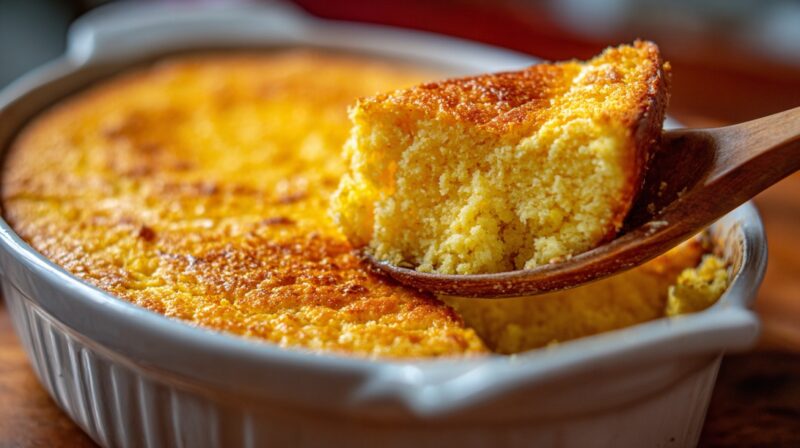Virginia’s culinary identity carries a blend of Southern tradition, Chesapeake Bay harvests, and colonial influence.
Many foods reflect centuries of agricultural practices and cultural exchange, giving them flavors and preparation styles tied to the state.
Certain recipes remain exclusive to Virginia due to origins, ingredients, or methods of cooking, making them a window into the region’s heritage. So, planning a perfect day adventure in Virginia wouldn’t be perfect without trying some culturally significant dishes that originated here!
Without further ado, let us begin.
Table of Contents
Toggle1. Peanut Soup
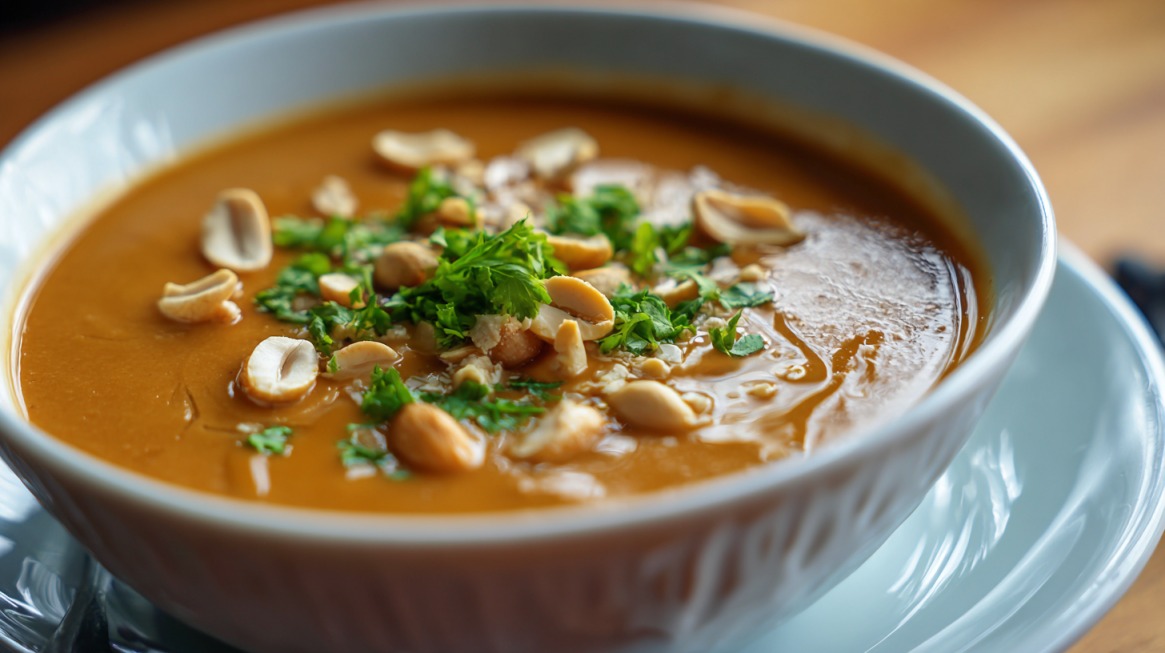
Peanut soup is a historical link to centuries of local adaptation, survival, and flavor rooted in the soil of Virginia.
With its roots in enslaved African communities and its rise through colonial kitchens, peanut soup remains one of the most iconic expressions of Virginia’s coastal culinary culture.
Its continued presence on tavern menus and holiday tables is not coincidence. It is a reflection of agriculture, resilience, and regional pride.
Key aspects of the dish are best appreciated when broken down into specific elements:
Origin & History
Peanut soup traces its beginnings to African American cooks who blended African culinary knowledge with New World crops.
Enslaved Africans introduced peanuts to Virginia, where the crop quickly thrived due to favorable growing conditions. Over time, peanuts became a staple of Tidewater cooking.
Colonial inns and private homes began incorporating them into soups, adapting the dish for guests and family gatherings alike.
As Virginia’s agricultural identity grew, peanut-based recipes stayed consistent through generations.
Description
Peanut soup carries a velvety, creamy base built around pureed peanuts. Its savory-sweet profile is enriched with subtle aromatics.
- Ground or blended peanuts
- Sautéed onions and celery
- Vegetable or chicken broth
- Mild spices such as cayenne or white pepper
- A touch of cream or milk for richness
Served warm, peanut soup is usually offered in small portions as a first course. Its texture and flavor are both comforting and refined, making it a versatile dish across formal and casual settings.
Why It’s Specific to Virginia
Virginia’s soil and climate made it a hub for peanut farming, particularly in the southeastern region.
What separates Virginia peanut soup from other nut-based recipes lies in its reliance on the local peanut variety, known for size and flavor intensity.
Agricultural strength allowed for consistent access, and the dish became a natural byproduct of local abundance.
- Virginia consistently ranks among the top peanut-producing states
- Local peanuts offer a bold, buttery taste ideal for soup-making
- The crop became entwined with regional cooking in both rural and urban kitchens
Cultural Significance
Peanut soup lives on as a traditional starter in historic taverns, especially in places like Colonial Williamsburg. Its presence on menus there is no preservation of regional identity.
Families across Virginia continue to prepare peanut soup for holidays and significant events, often using heirloom recipes.
- A dish born from the innovation of enslaved cooks
- A staple at colonial inns dating back to the 18th century
- A popular feature during seasonal celebrations such as Thanksgiving or church suppers
- A recipe passed through generations in handwritten cookbooks or oral storytelling
Peanut soup is not just food. It is memory, culture, and continuity served by the spoonful.
2. Smithfield Ham / Historic Virginia Ham
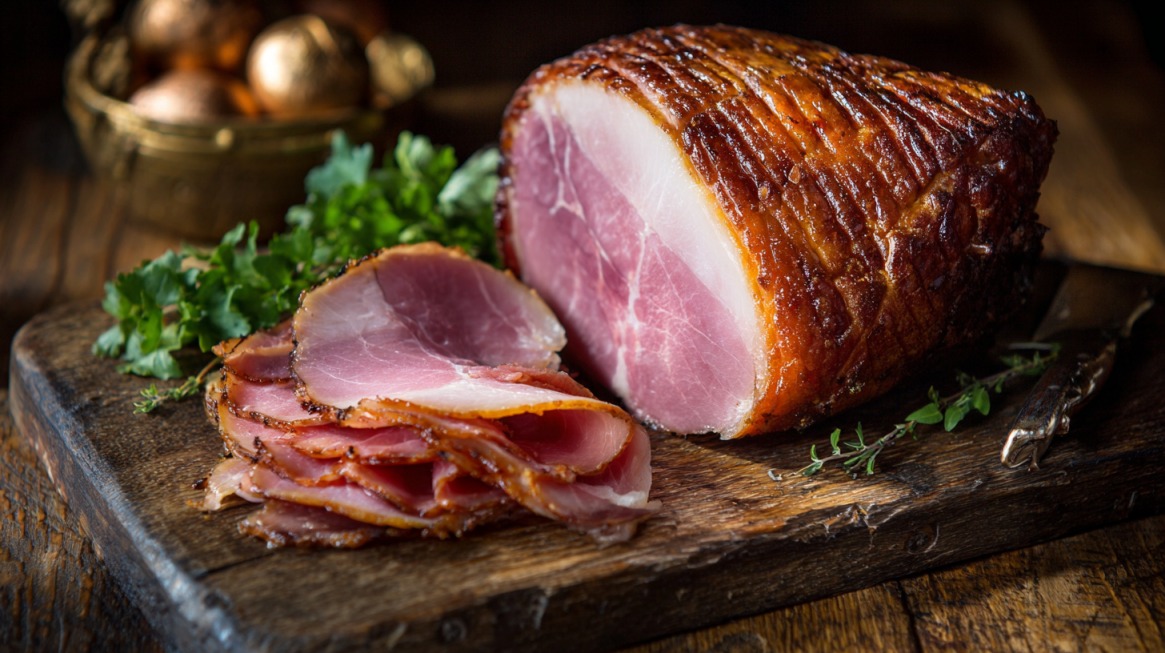
Virginia’s culinary story cannot be told without mention of its world-renowned ham.
More than just preserved pork, Smithfield ham is tied to law, tradition, and craftsmanship that spans centuries. It has long been a symbol of celebration, economic pride, and meticulous food preparation.
People often seek it out during holidays, and many families build entire meals around its flavor.
Origin & History
Smithfield ham carries legal protection and must come from the town of Smithfield, Virginia. Its origins go back to the 1700s, when farmers began using a technique of salt-curing, smoking, and aging meat for preservation.
Over time, these methods developed into an artisan process that made the product a regional staple and a sought-after delicacy.
By the 19th century, Smithfield had gained fame for its hams not just throughout the state but across the country.
Recipes were refined through generations of families and local producers, turning what was once a method of necessity into a signature food craft.
- Salt-curing: Used to draw out moisture and preserve the meat
- Smoking with hardwood: Adds depth and complexity to the flavor
- Long aging periods: Can extend up to 12 months or more, intensifying taste and texture
@smithfieldbrand Alternative: pick it up and eat it like a hammy apple. Tap the link in our bio to try your hand at ham🍖 #smithfieldbrand #smithfield #fortheloveofmeat #spiralham #howto ♬ original sound – Smithfield Brand
Description
Salty, dry-cured, and often sliced paper-thin, Smithfield ham delivers bold flavor in small bites. Its texture is firm and dense, developed through aging and curing.
Aged fat adds a buttery richness, and the meat itself provides a deep umami note that enhances other ingredients.
- Sliced and layered on warm biscuits
- Diced into green beans, stews, or omelets
- Served as a central protein for holiday dinners
Its powerful taste means that a little goes a long way, often treated as a delicacy rather than a standard meat portion.
Why It’s Specific to Virginia
Smithfield ham is protected by law.
- Be produced within the town limits of Smithfield, Virginia
- Follow specific traditional methods of curing and aging
- Use a combination of salt, hardwood smoke, and air-drying over time
These strict parameters ensure consistency and honor centuries of heritage. No other state or region can legally use the “Smithfield ham” label, making it a geographically exclusive product similar to how Champagne must come from a specific region of France.
Cultural Significance
Smithfield ham connects modern tables with early Virginia farming culture. Many families still use recipes and preparation tips handed down for decades.
- Holiday meals: Especially common at Christmas, Easter, and weddings
- Festivals and food fairs: Celebrated at events in and around Smithfield
- Gift-giving traditions: Hams are often sent as high-value gifts, both locally and nationally
Ham from Smithfield represents endurance in both flavor and history, preserved not just through salt but through story.
3. Brunswick Stew
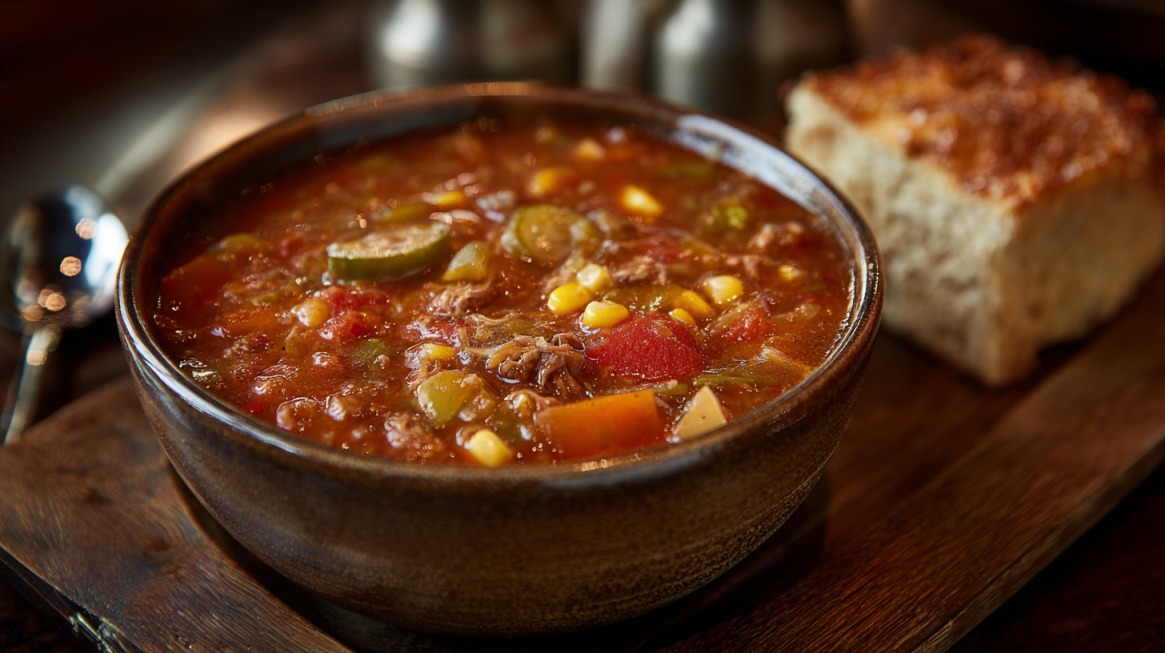
Few dishes spark regional pride and debate like Brunswick stew.
Known for feeding large groups and warming the soul, the stew reflects both practicality and regional creativity.
Virginia lays claim to its origins, and locals take the recipe seriously.
Origin & History
Brunswick County, Virginia, holds firm to its place as the origin of this stew. Despite Georgia’s competing claim, documented records in Virginia mention hunters preparing early versions in the 1800s.
These large outdoor stewpots fed entire camps and communities, often using what was freshly hunted or locally grown.
- Open-fire cooking in cast-iron kettles
- Use of game meat, typically squirrel or rabbit, in early versions
- Communal gatherings tied to hunting trips or seasonal events
Over time, the recipe evolved, replacing game with more common meats while keeping its rustic roots.
Description
Brunswick stew is a thick, slow-simmered dish that combines both vegetables and protein in a flavorful blend.
- Meat: Chicken or pork (or both)
- Vegetables: Lima beans, corn, tomatoes, and potatoes
- Seasonings: Salt, pepper, garlic, onion, and often a hint of vinegar or hot sauce
The process can take several hours, allowing the flavors to build and meld. The result is a dish with layers of savory depth, perfect for feeding large families or crowds.
Why It’s Specific to Virginia
Virginia’s version of Brunswick stew distinguishes itself through its ingredients and method.
- Favor pork as the base meat
- Simmer for longer periods for a denser consistency
- Use regional produce like local tomatoes and corn
Such distinctions shape a stew that feels deeply tied to local soil and taste preferences.
Cultural Significance
Community gatherings and festivals often center around it, with massive kettles feeding hundreds.
- Competitions between stewmasters, often using family recipes guarded for generations
- Fall and winter festivals where it’s served alongside cornbread and barbecue
- Large-batch cooking as part of church events, political fundraisers, and civic celebrations
The pride behind the pot keeps it thriving, with each serving reinforcing a sense of place and heritage.
4. Virginia Oysters
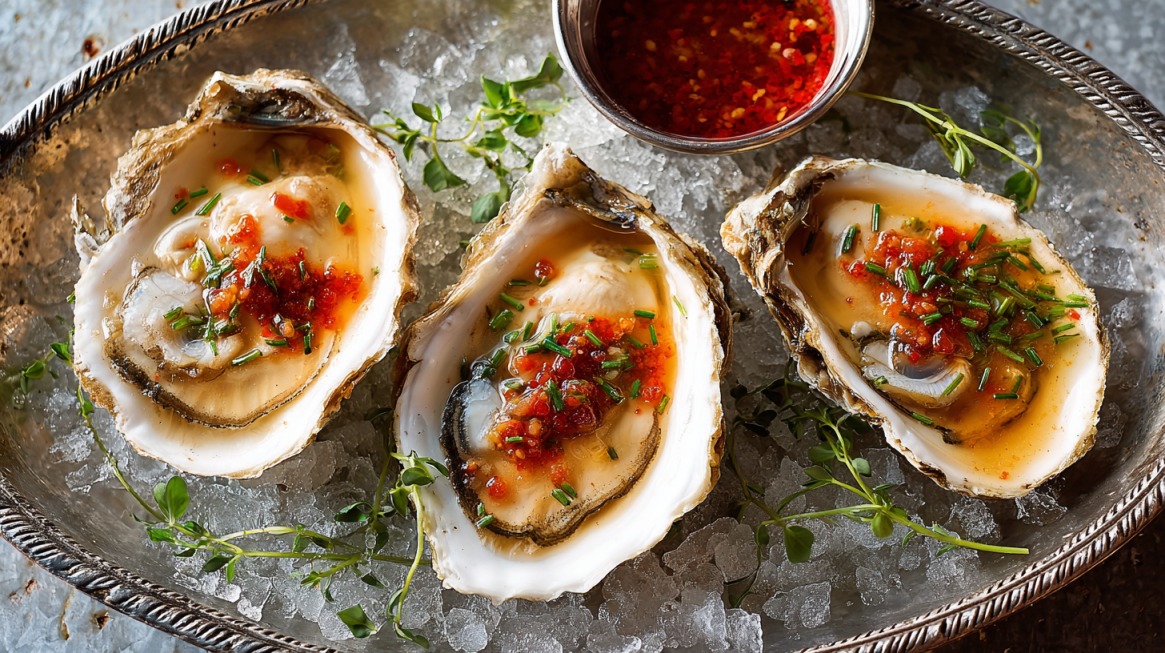
Oysters have been harvested in the Chesapeake Bay for thousands of years, with archaeological evidence pointing to Native tribes who relied on them as a dietary staple.
Later, colonial settlers embraced oyster farming, turning it into an economic and culinary cornerstone.
Over time, techniques improved, but the core of the practice remained rooted in tradition.
Description
Flavor profiles vary depending on where the oysters are harvested.
- Briny and sharp
- Sweet and mild
- Buttery with mineral notes
Virginia divides its oyster-producing areas into eight regions, each with distinct flavor markers.
Cultural Significance
- Urbanna Oyster Festival
- Chincoteague Oyster Festival
- Farm-to-table events that showcase raw and roasted oysters
Oysters also serve as symbols of heritage and sustainability, with many watermen continuing family fishing practices going back generations.
5. Chesapeake Cownose Ray
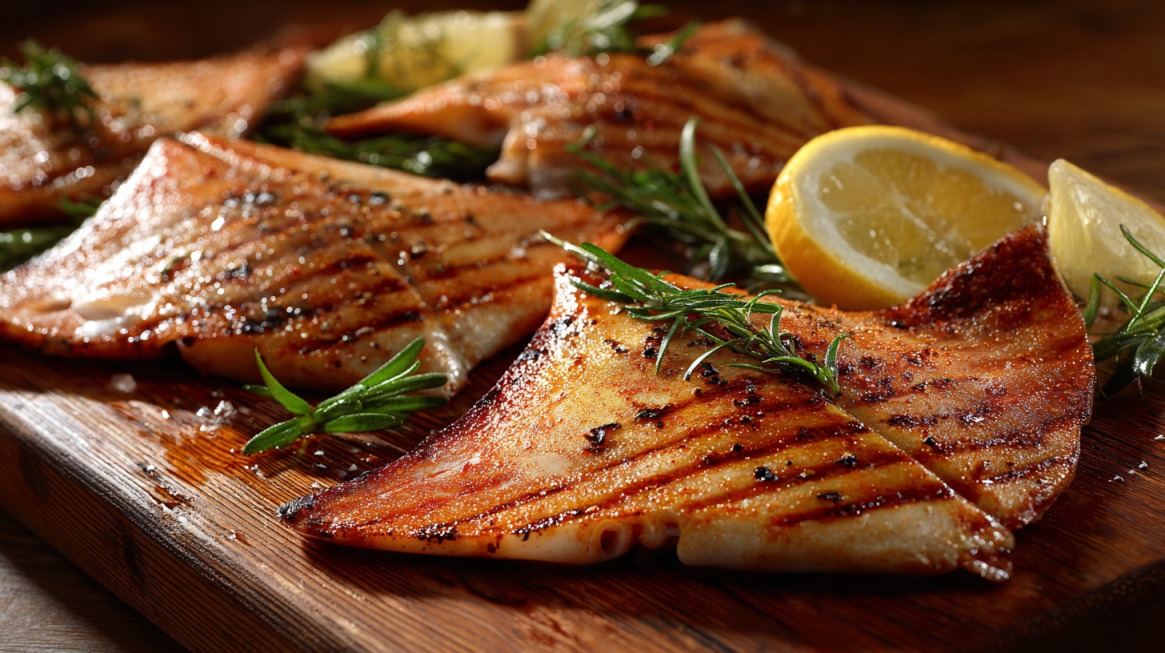
Cownose rays, once overlooked in seafood markets, became a focus after their growing numbers threatened the balance of shellfish populations in the Bay.
Conservationists and state officials launched initiatives to promote the cownose ray as a viable protein option to help control population levels.
Description
- Firm texture
- Mild, clean taste
Versatility for grilling, pan-searing, or baking
Its adaptability has made it a surprising favorite in some Virginia kitchens.
Cultural Significance
- Supports local fishermen
- Encourages sustainable seafood choices
- Reflects a problem-solving approach to ecological challenges
Its growing presence on menus bridges environmental awareness and culinary curiosity.
6. Spoonbread
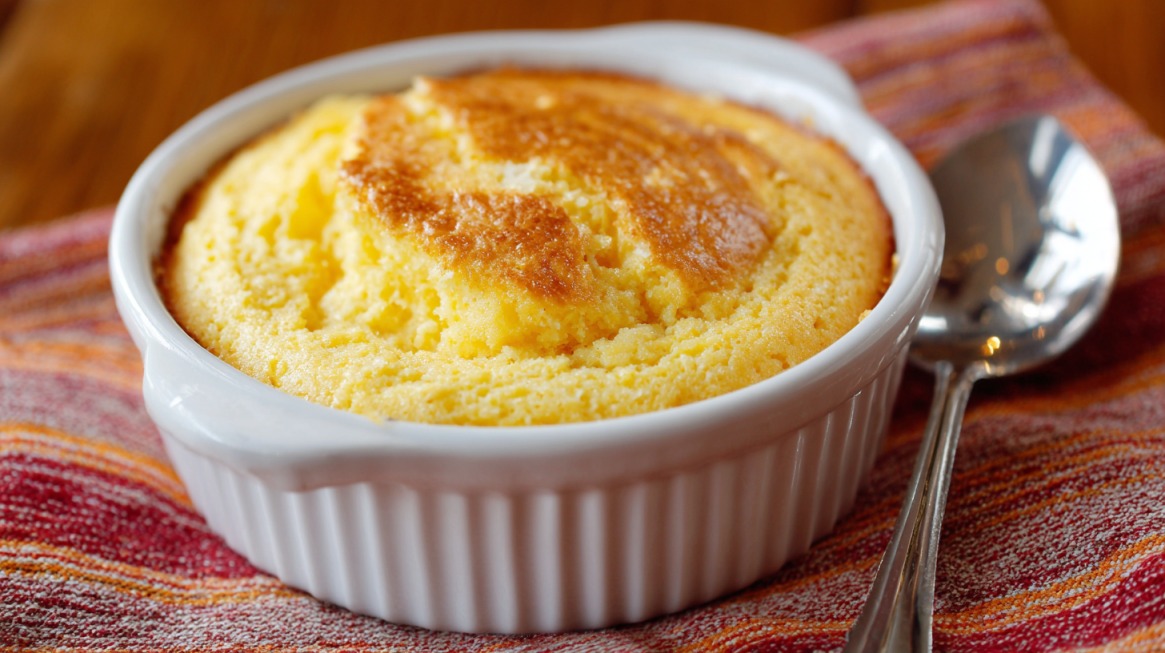
Virginia’s take on spoonbread reveals how simple ingredients can become symbols of comfort and community. Once a mainstay in rural households, spoonbread continues to be passed between generations as both a side dish and a family tradition.
Spoonbread has deep roots in Native American foodways, particularly in the use of cornmeal, which was later transformed by African cooks using their own influences and techniques.
By the 1800s, it had taken shape as a beloved food in central and western Virginia kitchens.
- Cross-cultural influences involving indigenous and African American cooking
- Widespread use of cornmeal, eggs, and milk
- Rural kitchens where oven-baking was common
Description
Spoonbread is a baked cornmeal pudding, soft enough to require a spoon.
Though it holds its shape when served, its interior is light, moist, and slightly custardy. A good batch balances cornmeal texture with airy rise.
- Ham or roast chicken
- Braised greens or buttered beans
- Hot sauce or compound butters for added depth
Its mild flavor makes it easy to pair with stronger meats or vegetables.
Why It’s Specific to Virginia
Spoonbread gained strong traction in rural Virginia, particularly in the Piedmont and Appalachian areas. Its spread outside the region has remained limited, which helps preserve its connection to local identity.
- Use of stone-ground cornmeal produced in local mills
- Passed-down methods of preparation specific to Appalachian communities
- Role in seasonal or celebratory meals
Summary
Virginia cuisine reflects centuries of history, agriculture, and cultural exchange
. Peanut soup, Smithfield ham, Brunswick stew, Chesapeake seafood, and spoonbread are more than regional favorites; they embody stories of land and people.
Sampling these dishes means experiencing traditions kept alive by families, restaurants, and food festivals across the state.
Related Posts:
- How to Plan the Perfect 5-Day Virginia Road Trip -…
- 12 Scariest Abandoned Places in Virginia You Can Still Visit
- 11 Upcoming Virginia Beach Concerts You Don’t Want…
- 9 Best Spas in Virginia Beach You Need to Visit in 2024
- 10 Deadliest Animals in Virginia You Need to Know…
- 8 Best Luxury Spas In Virginia If You Want The Whole…


